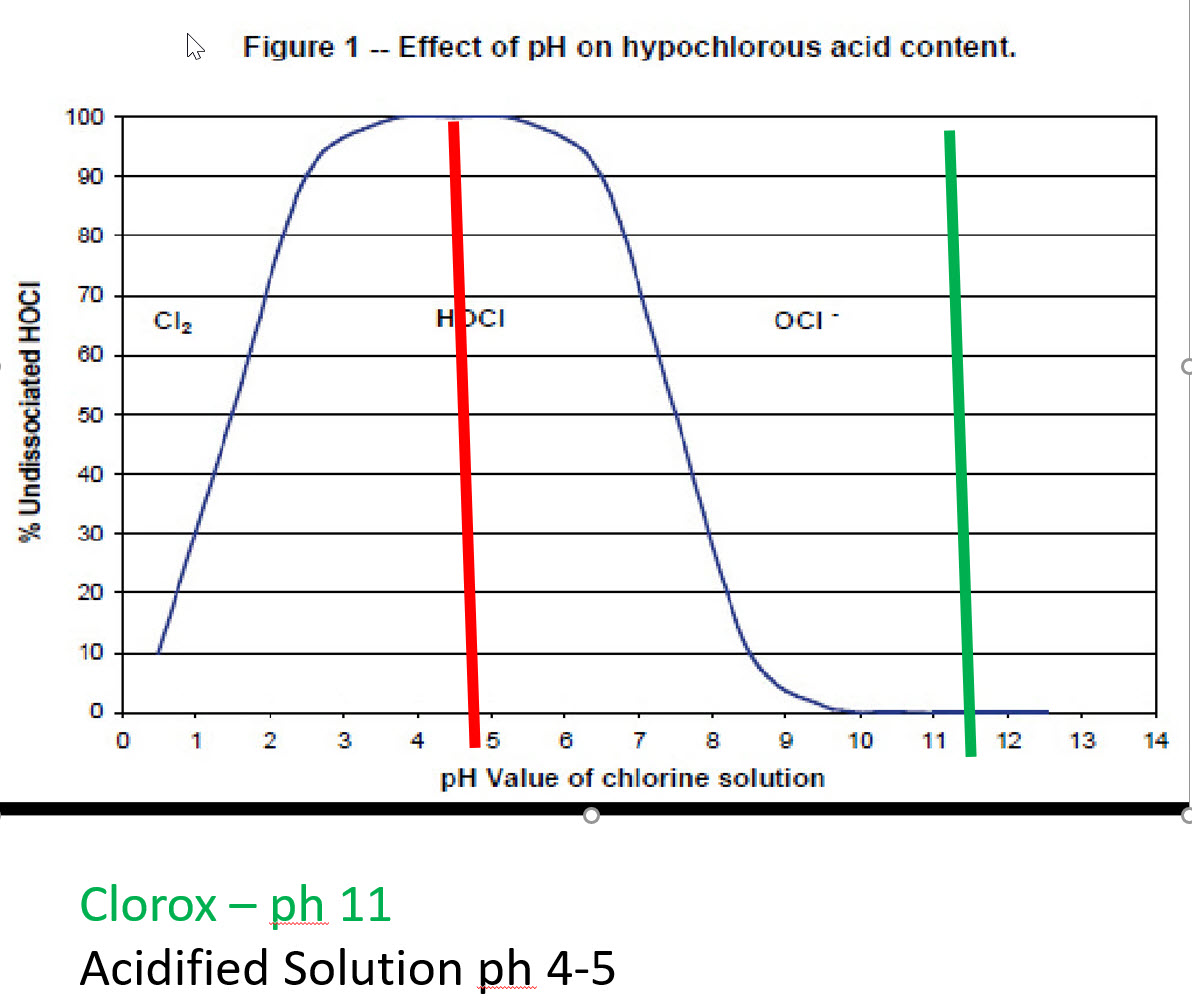NaOCL 6% CanalPro by Coltene
Coltene CanalPro is the current 6% solution we are using. It is applied with a monoject syringe and NaviTip of 21, 25 or 29 mm as necessary.
Many years ago, I used to heat the solutions in a coffee cup warmer but by the time the syringe is loaded and the irrigation was placed in the access, much of the heat had been lost. Leaving NaOCl solutions on any heating element for longer periods can also cause the solutions to break down over time. This breakdown further decreases their effectiveness as tissue solvents and (albeit poor at this ph) antibacterial agents.
For a time, I also purchased a dedicated motorized irrigation device with several different solutions (NaOCL , EDTA) and heated hose delivery lines with push button syringes. We immediately had problems with corrosion caused by the solutions and these devices leaked (a LOT!). I eventually returned them. It is my understanding that they are no longer manufactured for that reason. I continue to use a manual syringe system for my irrigation needs.

Figure 1: Coltene CanalPro 6% NaOCL
Our standard NaOCl solution 6%
EDTA 17%
PulpDent EDTA 17% is the standard solution we use as a Ca+ chelating agent to remove the smear layer after canal preparation. I also find it useful as a brief momentary rinse after the momentary dry ultrasonics to try to find canals. NaOCl rinses often do not do a good job in removing the dentin dust generated by the ultrasonic and I find that a small amount of EDTA followed by NaOCl can often remove enough of the dust to allow me to see small orifces more clearly.

Figure 2: EDTA 17% by Pulpdent
Acidified NaOCL
The TDO forum made me aware that the standard commercial NaOCl 5.5% solutions that many of us use, are formulatd with a ph 11 (to increase shelf life of the product).
At that ph, the amount of Hypochlorous acid HOCl- (the antibacterial component of NaOCL) is actually quite small. (see graph below) By decreasing the ph we can dramatically increase the amount of free HOCl-and bacterial effectiveness, even at high dilutions.
We are currently using this office-mixed solution as a rinse in necrotic cases, before drying canals.
Figure 3: The effect of acidifying NaOCL on Free HOCL-
By lowering the ph we increase the antibacterial effectiveness of NaOCL, even at high dilution.

Manufacturer
Mix in Office Daily as required
Formula
.5ml NaOCl.
.5ml Acetic Acid
50ml Distilled H2O
ORP value ( the amount of HOCl- ) appears to be stable for about 1 week, so mix weekly .
Endo Activator
Endodontics is very much dependent upon irrigating solutions for the effectiveness of treatment. The ideal situation would be a perfectly clean canal system with open patent dentinal tubules. Research has yet to show a method that allows for this ideal cleanliness of canals. For over 40 years, many methods and devices have been used to try to achieve this goal. They included Sonic, ultrasonic , negative pressure and most lately an acoustic pressure wash type of system. None of them have shown to be perfect in unbiased research, most likely due to the inability to standardize research because of differences in operator technique, variability in canal system anatomy and difficulty in reproducing consistent results. The best we can say is that cleaner canals are more successful. Dr. Cliff Ruddles’ Endo Activator is an inexpensive, relatively effective sonic way to enhance irrigation at reasonable cost. Tips are available in 3 tip sizes.

Figure 5: EndoeActivator
A sonic device that is available with 3 tip sizes.
Manufacturer
Dentsply Sirona
Website
Cost
Approx $400 CDN including 25 tips of each size and 100 barrier protection sleeves
Stropko Irrigator
Precision delivery of air to canals and the access cavity depends on regulation of air pressure. Standard air syringes should NEVER be blown directly into canals, but only at an angle when used in the access. Should air be required, the best way to deliver proper air pressure is with a Stropko syringe, developed by Dr. John Stropko. The air pressure is specifically regulated by using a device known as a Chapman-Huffman Regulator that sets the air pressure value from 1-10 PSI.
The tips come in two lengths and have ends that accept any standard Luer lock tips such as those by Ultradent. It can eliminate the need for multiple paper points.
I believe that the one button “air only” syringe is no longer available through Vista Dental but may be available through ASI carts.

 Figure 6a and 6b : Stropkos are Available in two lengths – 2″ and 3.5″
Figure 6a and 6b : Stropkos are Available in two lengths – 2″ and 3.5″

 Figure 7a: Chapman Huffman Regulator (left) used to set air PSI
Figure 7a: Chapman Huffman Regulator (left) used to set air PSI


 Figure 6a and 6b : Stropkos are Available in two lengths – 2″ and 3.5″
Figure 6a and 6b : Stropkos are Available in two lengths – 2″ and 3.5″ Figure 7a: Chapman Huffman Regulator (left) used to set air PSI
Figure 7a: Chapman Huffman Regulator (left) used to set air PSI